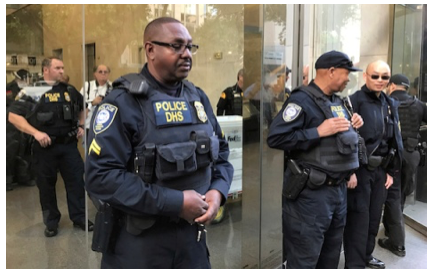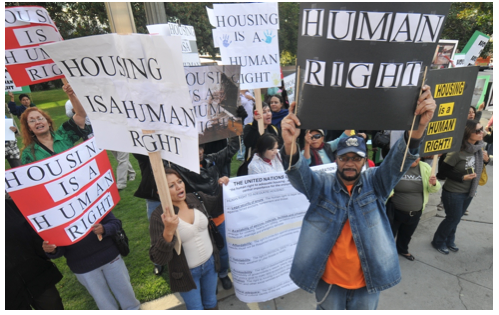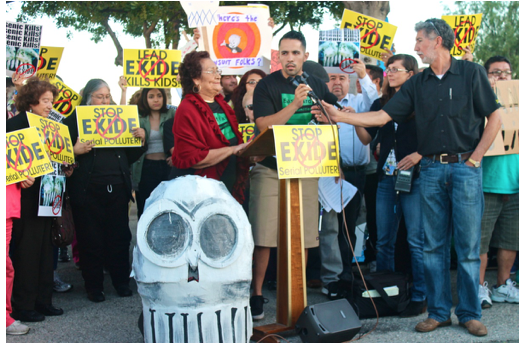Garcetti’s Toxic Bike Lanes: Criminal Liability Could Rival Flint’s Poisoned Water
CORRUPTION WATCH-The hubris that comes with holding public office is usually rational. Public officials so seldom are held accountable for their actions that they never think of possible criminal liability for their behavior. The times, they may be changing.











